15. Five Came Back
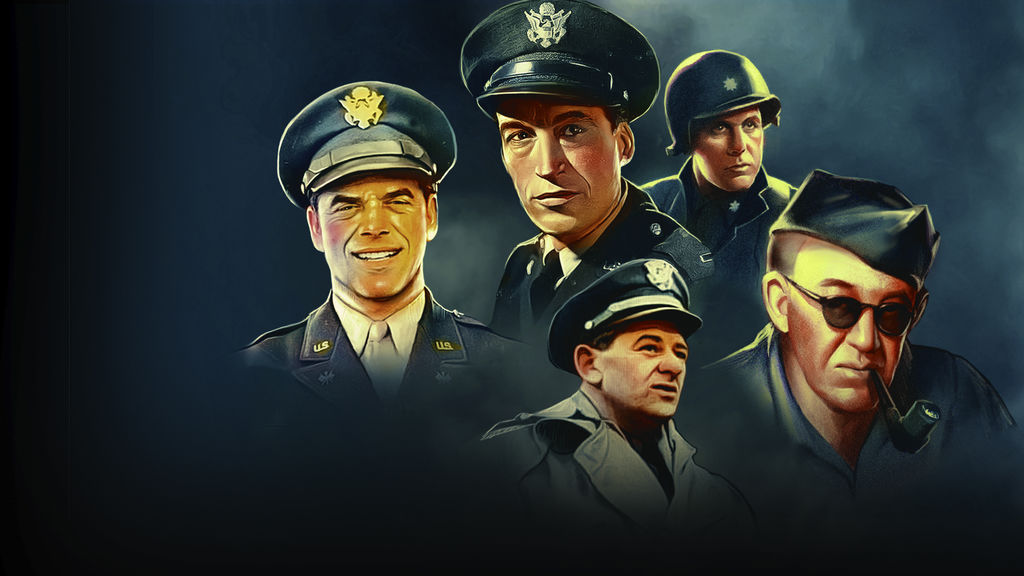
A superb documentary about five American filmmakers who went to war in World War II, serving their country in the war Department by shooting footage of combat as it was happening. John Ford captured footage during Midway, often shooting the footage himself, making a brilliant documentary, John Huston was there on D Day, some of his footage banned for years, so gruesome and realistic was it, George Stevens was forever impacted by what he saw there, never again making a light film, William Wyler fearlessly shot combat footage, while Frank Capra made propaganda films at home, many focusing on PTSD. Among the elite of Hollywood, their work was forever impacted by what they witnessed. Fascinating.
14. Jim and Andy
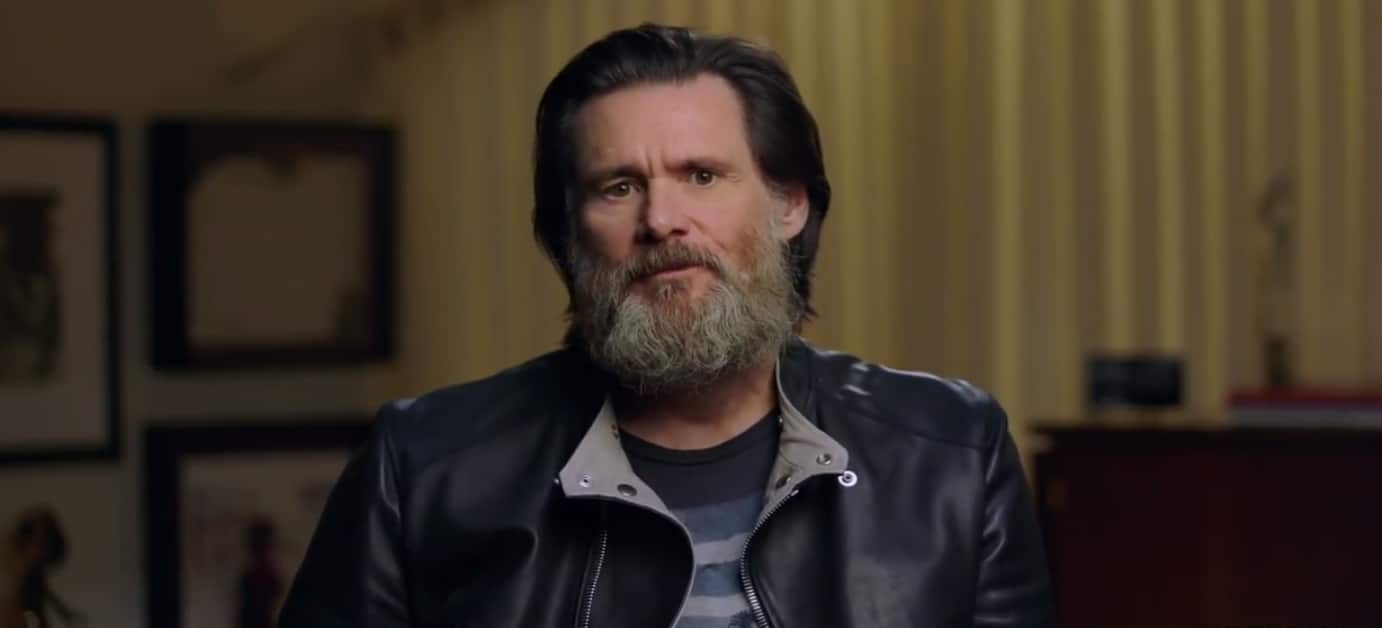
A fascinating documentary about the art of acting, the complete immersion by an actor into a role. While shooting Man on the Moon (1999) Jim Carrey asked a camera crew to follow him around and document his process in finding Andy Kaufmann, the comedian he was portraying. Carrey went entirely Method, he was Kaufmann all the time meaning he was as challenging to work with as the late comic. One of the greatest films about the art of acting I have ever seen, and you walk away with great respect for Jim Carrey.
13. Hostiles
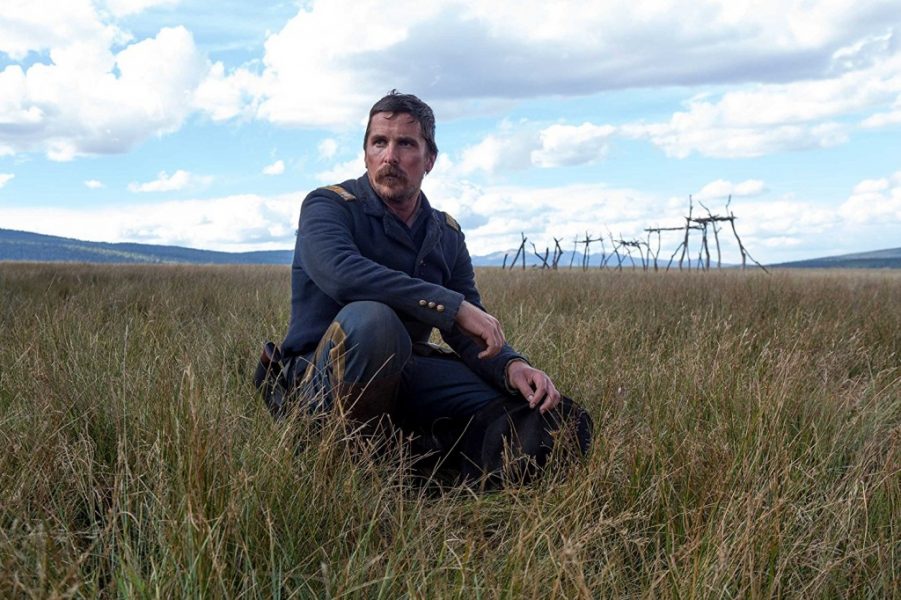
This dark, unsettling western was directed by Scott Cooper, and explores the relationships between whites and the Natives, a spiky, often violent connection that brings out the worst in each, though each has the capacity for goodness. A career soldier, Blocker (Christian Bale) has seen and taken part in far too much killing for any one man, his hatred of the Natives etched into his face. Ordered to escort a Chief (Wes Studi) and his family home to die of the cancer ravaging him, he does so, but is not happy about. They come upon a woman near mad with grief, her entire slaughtered hours before, husband, children an infant by a tribe out for blood. The Chief tells Blocker they need to work together in order to survive, and a slow thaw between them begins. Outstanding performances from Bale and Rosemund Pike.
12. War for the Planet of the Apes
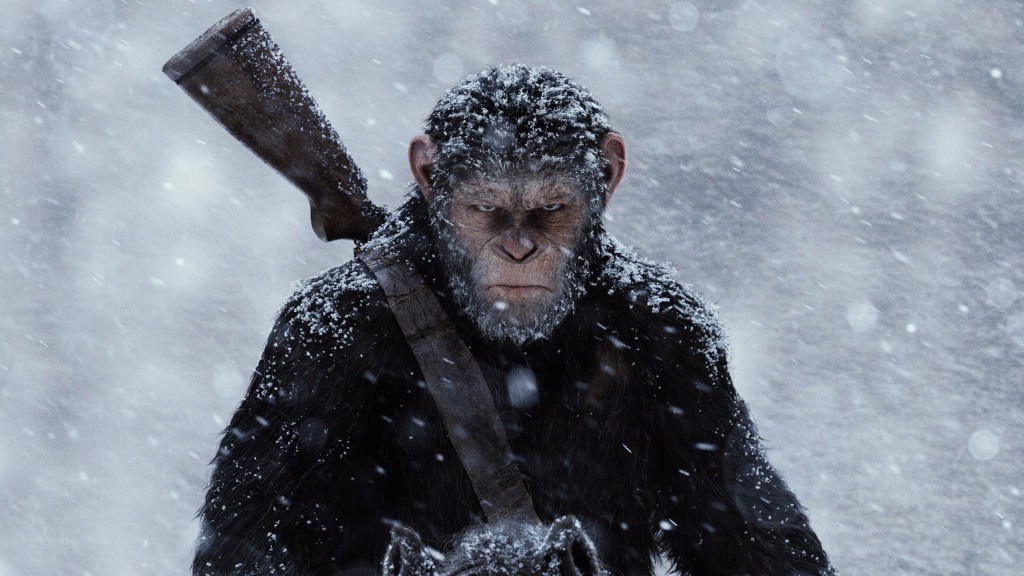
The last chapter in the revamp of the Apes saga is the finest of the trilogy, with man declaring war on the Apes, and Apes refusing to back down. Andy Serkis is again profoundly majestic as Caesar, the leader of the Apes who impresses humans whenever he encounters them, including the deranged commander portrayed like Kurtz by Woody Harrelson. A fitting conclusion to a triumphant reboot of the series, filled with heartbreak, tragedy and, hope. If ever there was the right argument for Oscar attention for a motion capture performance, it is Serkis as Caesar, filling him with the haunting sadness of Lincoln.
11. Dunkirk
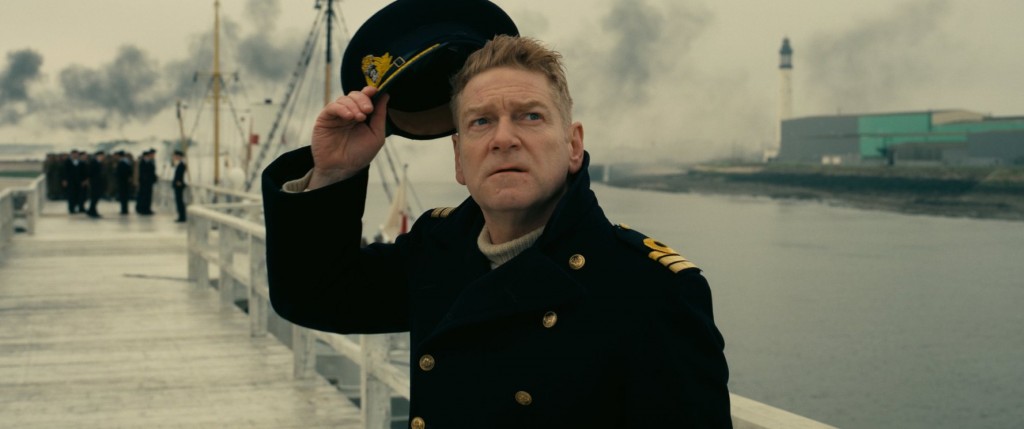
Yes it is beautifully film, crafted with the greatest of care, a stunning visual achievement, but this talk about it being the greatest war film ever made, or the years best film is nonsense. That said Christopher Nolan could very well win the Oscar for Best Director for his creation of this near tone poem. With a shocking lack of dialogue, Nolan relies on images to thrust his narrative forward, focusing on the rescue of more than three hundred thousand soldiers surrounded by the German army on Dunkirk. There are no characters we really are permitted to become emotionally attached, and one a single performance, Mark Rylance, that truly stands out. The aerial sequences are breathtaking, the Cinematography and sound magnificent, but I found the film rather chilly, remote.

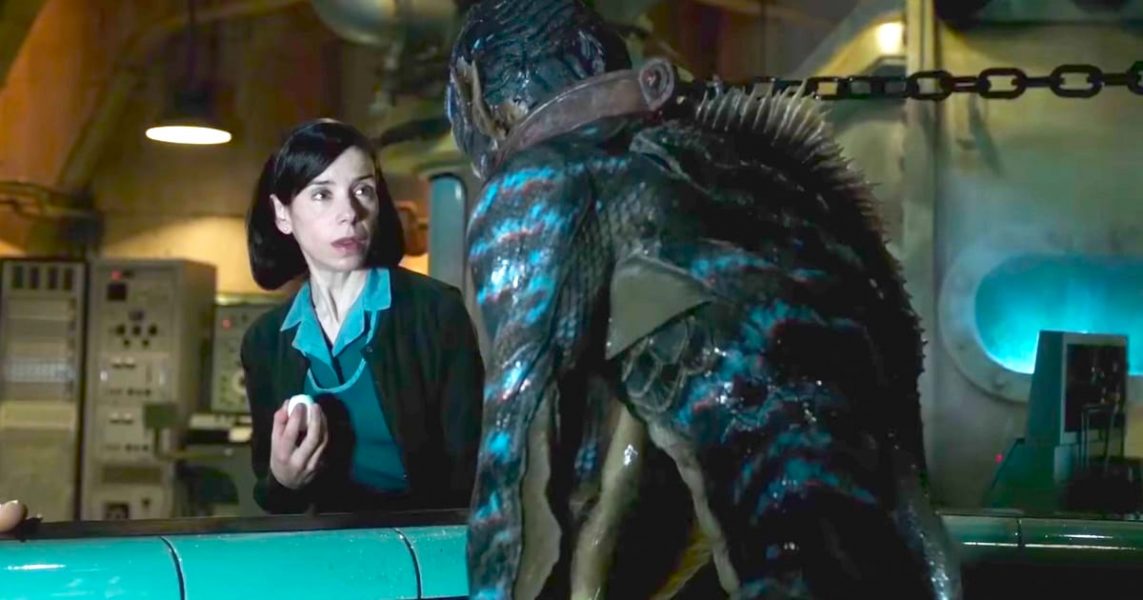
You must be logged in to post a comment.